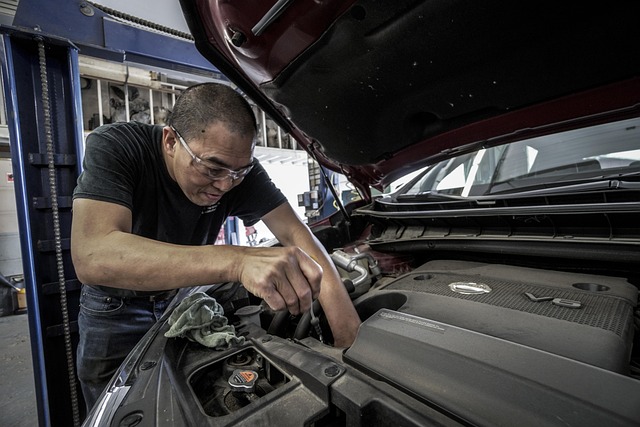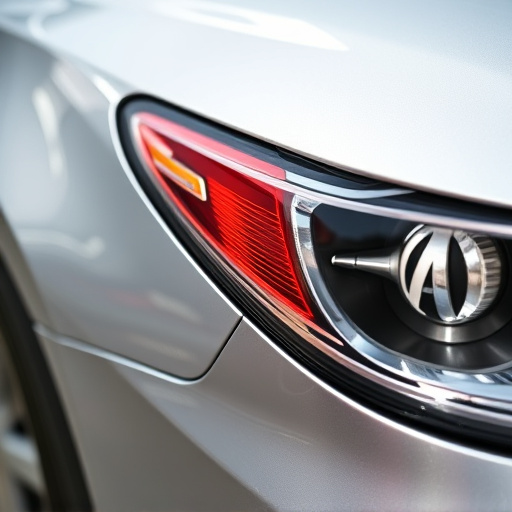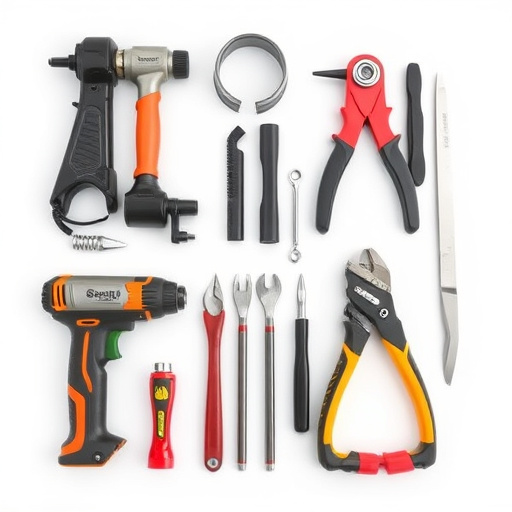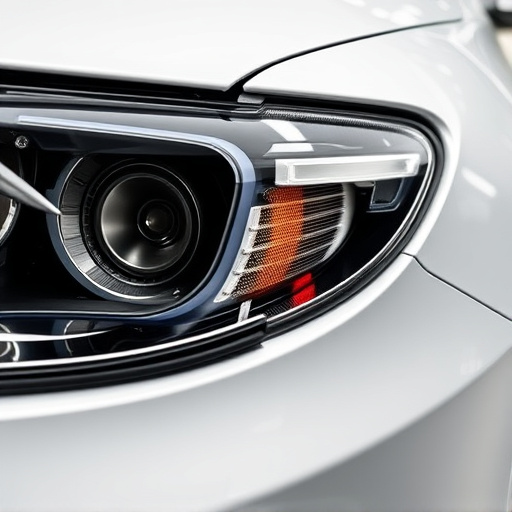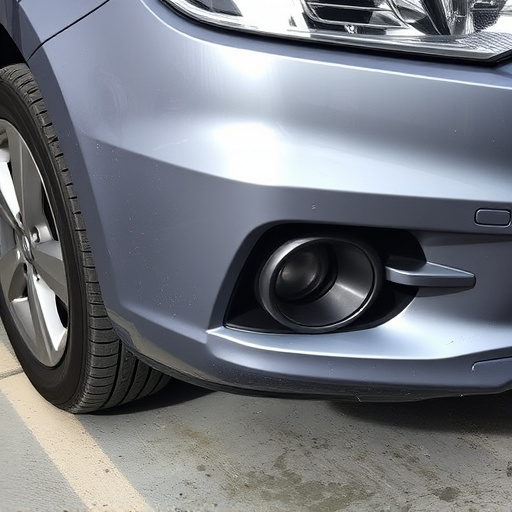OEM repair procedure access equips technicians with privileged guidelines from manufacturers, ensuring repairs meet or exceed factory standards. This is particularly crucial for specialized tasks like paintless dent repair, preserving vehicle aesthetics. Access simplifies complex repairs, enhances efficiency, and promotes use of genuine parts, boosting technician confidence and customer satisfaction. However, challenges include information consistency across brands, software navigation, and data security. Best practices involve clear protocols, secure connections, continuous learning, and cloud-based platforms for real-time updates.
In today’s complex automotive landscape, technicians’ ability to access Original Equipment Manufacturer (OEM) repair procedures is paramount. This article delves into the significance of OEM repair procedure access, exploring its benefits for faster, more accurate repairs. We’ll also navigate challenges and discuss best practices for successful implementation, ensuring technicians have the tools they need to thrive in an increasingly digital repair environment. Understanding and leveraging OEM access can revolutionize how we approach vehicle servicing.
- Understanding OEM Repair Procedure Access
- Benefits of OEM Access for Technicians
- Challenges and Best Practices in OEM Access Implementation
Understanding OEM Repair Procedure Access
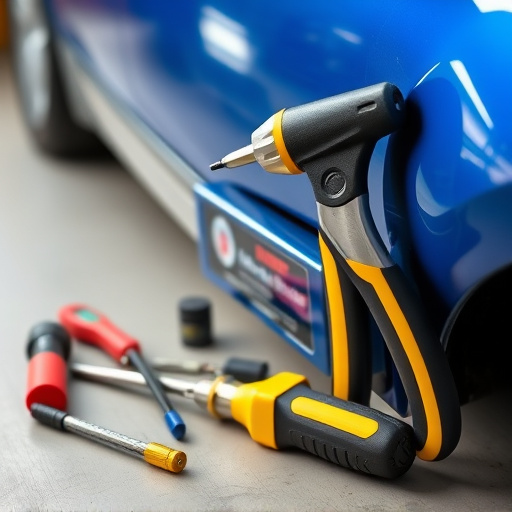
Understanding OEM Repair Procedure Access is a cornerstone for technicians in the automotive industry. It refers to the privileged access and guidelines provided by Original Equipment Manufacturers (OEMs) for repairing their vehicles. This access offers detailed procedures, specifications, and diagnostic tools tailored to each car model, ensuring repairs that meet or exceed factory standards. For instance, when dealing with complex tasks like car repair services, technicians can rely on OEM guides for accurate step-by-step instructions, which are crucial for maintaining the integrity of components and systems.
Moreover, this access is invaluable for specialized procedures such as paintless dent repair. OEMs provide specific techniques and standards for body panel restoration, ensuring minimal disruption to the vehicle’s original finish. By adhering to these guidelines, technicians can offer high-quality auto painting services while preserving the car’s aesthetic value. This level of access and expertise is a game-changer in the industry, fostering precise repairs that enhance customer satisfaction.
Benefits of OEM Access for Technicians
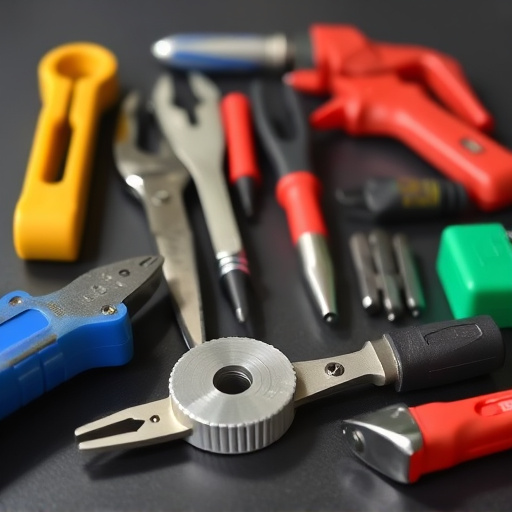
Having access to Original Equipment Manufacturer (OEM) repair procedures is a game-changer for technicians across various industries, particularly automotive and tire services. This centralized resource provides an extensive library of detailed step-by-step guides, ensuring that every repair is carried out with precision and consistency. With OEM access, technicians can navigate complex repairs with ease, from intricate dent repair to handling more significant damage like hail scars.
The benefits are multifaceted; it enhances efficiency by streamlining the repair process, reducing time spent searching for information. Moreover, OEM procedures guarantee the use of genuine parts, which is crucial for maintaining vehicle safety and performance standards. This access also fosters a deeper understanding of the vehicle’s design and functionality, allowing technicians to offer specialized services like hail damage repair or even complex engine overhauls with confidence.
Challenges and Best Practices in OEM Access Implementation
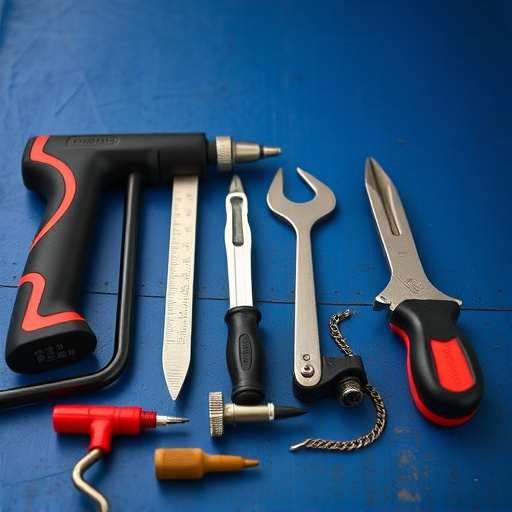
Implementing OEM (Original Equipment Manufacturer) repair procedure access can significantly enhance a technician’s ability to perform high-quality repairs in a vehicle body shop. However, several challenges come with this process, such as ensuring consistent and accurate information across various models and brands, navigating complex software systems, and addressing potential data security concerns. Technicians must be adequately trained on the OEM tools and databases to interpret and apply the repair procedures effectively.
Best practices in OEM access implementation include establishing clear protocols for accessing and updating OEM data, maintaining secure connections to prevent unauthorized access, and fostering a culture of continuous learning among the team. Utilizing cloud-based platforms can facilitate real-time updates and seamless collaboration among technicians, streamlining the workflow for car bodywork services, including scratch repair processes. This approach not only improves efficiency but also ensures that all repairs adhere to the manufacturer’s guidelines, ultimately benefiting both the shop and its customers.
In conclusion, leveraging OEM (Original Equipment Manufacturer) repair procedure access equips technicians with comprehensive guidance, ensuring efficient and accurate repairs. The benefits include faster troubleshooting, improved part compatibility, and enhanced customer satisfaction. However, successful implementation requires addressing challenges like data security and access control, adhering to best practices for seamless integration into existing workflows, and fostering continuous improvement through regular updates. For technicians, embracing OEM repair procedure access is a strategic move that revolutionizes their approach to service, ultimately benefitting both the industry and end-users.

